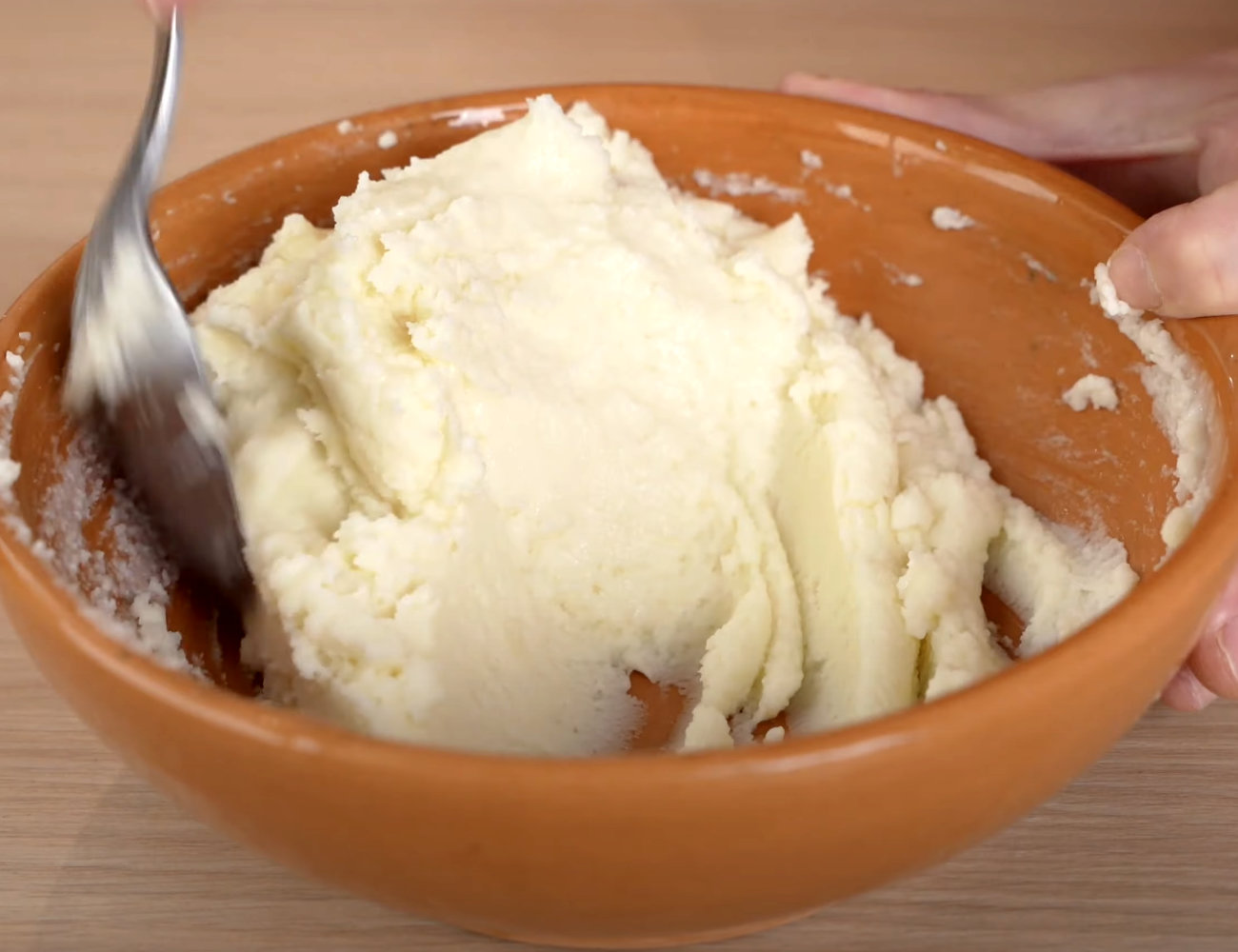Cacio e Pepe may look simple—but mastering it is anything but. If you’ve ever ended up with a clumpy mess or felt tempted to add cream… this guide is for you. Prefer to watch us explain how to make creamy Cacio e Pepe rather than read about it?
🎥 Watch Flavia Diamante show proper execution of the Cacio e Pepe and explain the most common errors… and how to fix them!
🎥 3 Cacio e Pepe Mistakes 🔥 Everyone Makes and How to Fix Them
Subscribe to our YouTube Channel
More video recipes? Subscribe to our YouTube Channel (it’s FREE) and click the bell to get notifications when we release a new video recipe!

✅ Mistake 1: Choosing the Wrong Cheese
Not all pecorino is created equal. Aged pecorino may be delicious on a cutting board, but it’s too dry to create a smooth sauce. Fresh pecorino melts wonderfully, but lacks flavor.
👉 Use semi-aged Pecorino Romano with enough moisture to melt into a creamy emulsion. Learn more in our full Cacio e Pepe recipe.
✅ Mistake 2: Grating the Cheese Too Coarse
If your cheese is grated too thick or unevenly, it won’t melt properly.
👉 Finely grate the cheese with a microplane or the finest holes of your grater. We even pass the cheese through a sieve to get that ultra-powdery consistency.
✅ Mistake 3: Using the Wrong Pepper
Old pre-ground pepper lacks the fragrant punch that defines Cacio e Pepe.
👉 Always use freshly cracked black pepper for maximum aroma and flavor.
Toast it briefly in a dry pan, then add hot pasta water to create a pepper-infused liquid. This becomes the base for finishing your pasta to al dente in the pan.
✅ Mistake 4: Not Finishing the Pasta In the Pan
If you cook the pasta entirely in a pot of boiling water, you miss the chance to infuse it with pepper and maximize starch.
👉 Partially cook the pasta in boiling water, then finish cooking it to al dente in the pepper-infused water inside the pan. This is the “Pepe” part of Cacio e Pepe!
📚 Browse more authentic pasta recipes on our site.
✅ Mistake 5: Adding Water Too Fast
Dumping in hot pasta water all at once can shock the cheese and cause clumping.
👉 Slowly drizzle in the water and mix constantly to build a smooth, creamy paste. Follow Flavia’s method and you won’t need a thermometer—just attention and good cheese.
✅ Mistake 6: Mixing the Sauce Over Heat
High heat is the enemy of creamy Cacio e Pepe.
👉 Always combine the cheese and pasta off the heat to avoid a gritty, broken sauce.
Let the pan cool for about 30 seconds before adding the cheese paste. Also, remove all but a few spoonfuls of pasta water before mixing the cheese in.
🧀 Bonus Insight: Why Americans Reach for Cream
It’s no mystery: dry cheeses, low-starch water, and too much heat often sabotage good intentions. But once you understand the science of emulsion, you don’t need cream to get that dreamy texture—just cheese, water, and proper technique.
Want to explore more authentic recipes from Italy? Grab a copy of our cookbook,
Pasta Affair—packed with 50 Italian recipes straight from our kitchen to yours. 🇮🇹

Pasta Affair: 50 Authentic Italian Recipes
Seductive strands of pasta and sumptuous sauces… Are you ready to indulge in an unforgettable Pasta Affair? It’s the best pasta cookbook for beginners and a must-have for any serious lover of Italian food, featuring over 50 classic pasta recipes you can make at home!

